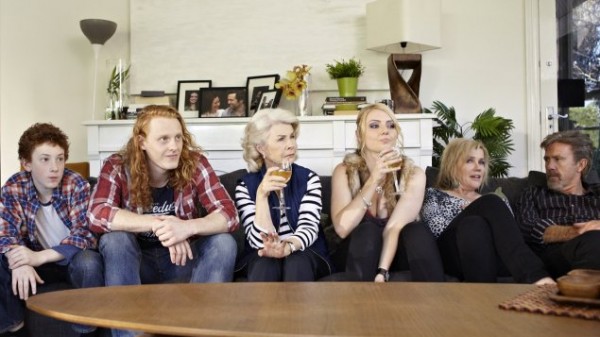
Whatever happened to the Canberra’s booners? The same could be asked of Sydney’s westies, Hobart’s chiggas or Brisbane’s bevans.
In the early 1980s booners could be immediately identified by their tight black jeans, flannel shirts and ugg or desert boots. Stereotypically, they struggled to find work and cared little for mores and manners.
Perhaps the most enduring legacy of the 1980s hit show The Comedy Company was Kylie Mole’s disparagement of ‘bogans’, which thereafter became the nationally accepted term for what the Macquarie Dictionary defines as people who a) live in the outer suburbs, b) are from a lower socio-economic background and c) are viewed as uncultured.

The twenty-first century has been all about bogans.
They have grown in political prominence because of their unfixed voting patterns. The outer suburbs of cities that were once Labor strongholds are now marginal and swinging.
The material rise of bogans is an outcome of sustained and broad-based growth since the 1980s. George Megalogenis labels this period ‘The Australian Moment’; Peter Hartcher similarly argues that Australia hit ‘The Sweet Spot’ when it comes to economic management and living conditions during the last three decades.
As a consequence, blue collar workers have been elevated into the fluoro collar class, whose expertise is often highly sought after in an increasingly professionalised workforce. Tradies have thus been able to earn middle class incomes, if not higher, and become Cashed Up Bogans (CUBs) or aspirationals.
It is easy to see why CUBs might trouble upper class people who have an affection for established wealth and traditions.
The more interesting tension is between outer suburb aspirationals and inner suburb progressives (the soft/cultural/new/latte left). Both groups make similar amounts of money, but they spend it in radically different ways.
Here’s two slightly idealised images.
The CUB has a big house full of big expensive things on a small block. There are more cars than trees.
The soft leftie has a small house full of small valuable things on a big block that’s covered in native plants. There’s one fuel efficient car and bikes.
Here’s two anecdotes.
I once asked a friend in new Watson what he thought of his neighbours in old Watson. He responded, “They want our houses. We want their land.”
Another time I was at a barbecue at a CUB house in Western Sydney – the barbie was worth $$$$. The owner had recently installed a pool complete with a refrigerated shelf around the lip for his Crownies. He said that his family enjoyed ‘resort-style living’ and that he could see no logic in spending money on overseas trips when he could buy things that the family could enjoy every day.
A soft leftie at the barbie confided to me that she abhorred the CUB’s no fear approach to spending. Apparently, it was about showing off rather than being happy. What about the environmental costs? And then there’s the matter of social responsibility.
It was as if aspirationals marked the end of egalitarianism and the fair go.
Here’s the rub.
The soft left and lefties in general, always hoped that as the working class gained wealth they would become more socially progressive like them. Winston Smith’s great revelation in 1984 is, ‘If there is hope, then it lies with the proles/bogans!’
In Australia this unfulfilled hope has bred resentment and snarkiness. This can be seen in TV shows like Bogan Pride, Struggle Street, Bogan Hunter and Upper Middle Bogan, which by and large encourage viewers to laugh at bogans rather than relate to them.
Wherever possible, it’s better to use ‘bogan’ and see bogans with endearment, keeping in mind the admirable example of Darryl Kerrigan in The Castle. By recognising that there’s a little bit of bogan in all of us, we promote not division and discord but rather unity and serenity. How’s the serenity?
Should we avoid using ‘bogan’ altogether because it offends? Can there be peace and serenity between CUBs and progressives or do we need to tell Kim that he’s dreamin’? Does the cost and size of your barbecue say anything about you?
Kim Huynh lectures international relations at the ANU. In 1993 he and 100,000 others attended the Guns N’ Roses extravaganza at Eastern Creek.
Pictured are Kylie Mole (above) and members of the cast of Upper Middle Bogan (top).












